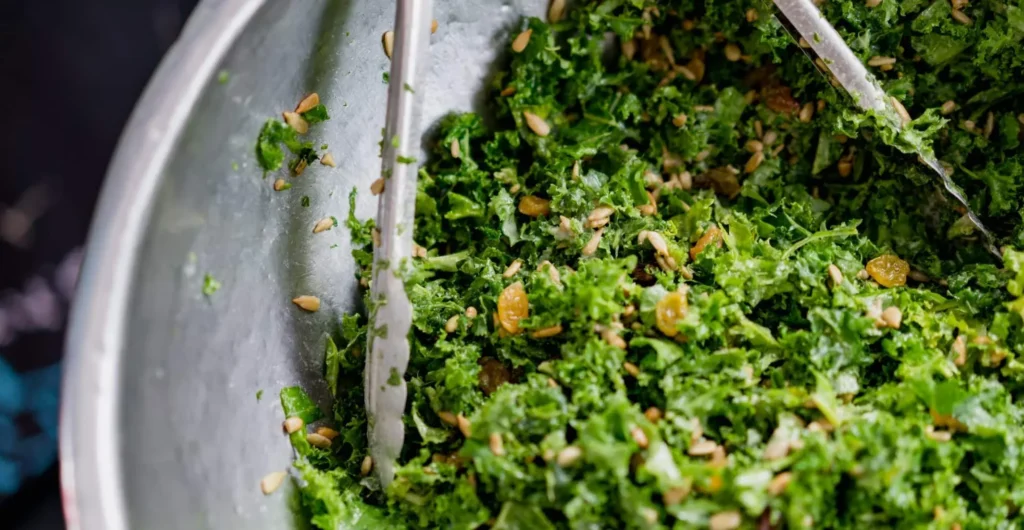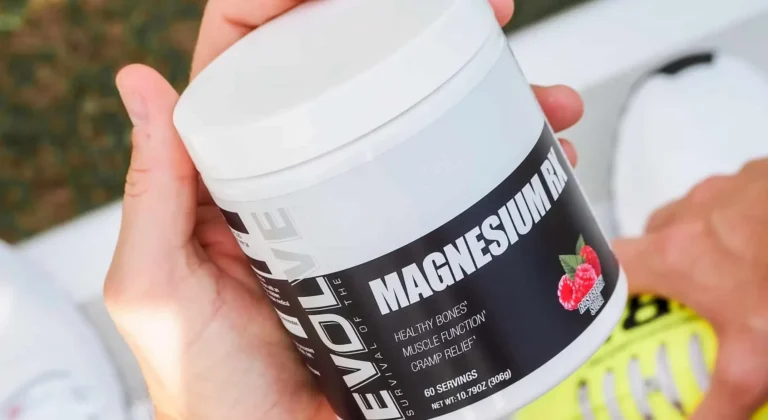For triathletes, who engage in the physically demanding disciplines of swimming, cycling, and running, magnesium is an essential mineral that plays a significant role in optimizing performance and recovery. It’s involved in over 300 biochemical reactions in the body, crucial for health and athletic performance.
Energy Production and Muscle Function
During triathlons, the body’s demand for ATP (adenosine triphosphate) skyrockets. Magnesium activates ATPases, enzymes essential for ATP production, providing the energy needed for prolonged and intense activities. It also aids in muscle contraction and relaxation, which is vital for swimming, cycling, and running, where muscle endurance and strength are key.
Prevention of Cramps and Fatigue
A deficiency in magnesium can lead to muscle cramps and fatigue, common challenges for triathletes.
Adequate magnesium levels help mitigate these issues, allowing for better performance and endurance.
Cardiovascular Health
Triathletes require a strong cardiovascular system for endurance. Magnesium plays a role in regulating heart rhythm and blood pressure, ensuring optimal blood flow during the diverse phases of a triathlon.
Bone Health
Given the high-impact nature of triathlon training, particularly in running, maintaining bone health is crucial. Magnesium contributes to bone density, reducing the risk of fractures and stress injuries.
Reduced Lactic Acid Accumulation
High-intensity training leads to lactic acid buildup, causing muscle soreness and fatigue. Magnesium can help in mitigating this by improving lactate clearance from muscles.
Stress and Recovery
Training for and participating in triathlons can be mentally and physically stressful. Magnesium has a role in nerve function and can aid in stress management and recovery.
Best magnesium
For triathletes, choosing a magnesium supplement should be based on specific needs, such as improving energy levels, aiding muscle recovery, or enhancing sleep quality. It’s important to consider factors like bioavailability, additional health benefits, and potential side effects. Consulting with a healthcare provider is recommended to determine the best form of magnesium based on individual health profiles and athletic goals. Additionally, it’s important to balance magnesium supplementation with a diet rich in magnesium-containing foods like leafy greens, nuts, seeds, and whole grains to maintain optimal health and performance.

Foods
Here’s a list of foods rich in magnesium:
- Green Leafy Vegetables: Spinach, kale, and Swiss chard are excellent sources of magnesium. These vegetables are also rich in other nutrients and can be included in salads, smoothies, or as a cooked side dish.
- Nuts and Seeds: Almonds, cashews, peanuts, and pumpkin seeds are particularly high in magnesium. They make a great snack or can be added to salads, yogurt, or oatmeal.
- Whole Grains: Whole grains such as quinoa, whole wheat, brown rice, oats, and barley contain good amounts of magnesium. These can be used as the base for various meals.
- Legumes: Beans, lentils, chickpeas, and black-eyed peas are not only rich in magnesium but also provide protein and fiber. They can be included in soups, stews, salads, or as a meat substitute in various dishes.
- Fish: Fatty fish like salmon, mackerel, and halibut are good sources of magnesium as well as Omega-3 fatty acids, which are beneficial for heart health.
- Dark Chocolate: High in magnesium, dark chocolate is a delicious way to increase your intake. Choose varieties with a high cocoa content (70% or higher) for the best nutritional value.
- Avocado: Avocados are nutrient-dense and contain magnesium. They can be eaten on toast, in salads, or as guacamole.
- Bananas: While known for their potassium content, bananas also provide a decent amount of magnesium. They’re a convenient and portable snack.
- Dairy Products: Yogurt and milk are sources of magnesium. They also provide calcium and protein.
- Tofu: Tofu, made from soybeans, is a good source of magnesium and an excellent protein source, especially for vegetarians and vegans.
- Seeds: Chia seeds, flaxseeds, and sunflower seeds are also rich in magnesium and can be added to various dishes for a nutritional boost.
- Fruits and Berries: Figs, apricots, raspberries, and blackberries contain magnesium.
Including these foods in your diet can help ensure adequate magnesium intake, which is essential for numerous bodily functions including muscle and nerve function, blood sugar control, and bone health. Remember, a balanced diet with a variety of foods is the best way to meet your nutritional needs.
Conclusion
For triathletes, incorporating magnesium-rich foods into their diet is key. Foods like whole grains, leafy greens, nuts, seeds, and pumpkin seeds are excellent sources. The recommended daily intake might be higher for triathletes due to increased demands from training and sweating. The general guideline is 300-350 mg for women and 400-450 mg for men, but endurance athletes may benefit from 500-800 mg daily.
It’s important for triathletes to monitor their magnesium levels, especially when training intensely or in hot and humid conditions where sweat loss is significant. While food sources are usually sufficient, in cases of extreme deficiency or due to dietary restrictions, supplements might be considered under medical advice. Maintaining optimal magnesium levels is essential for triathletes not only for peak performance but also for overall health and well-being.
